Janine Stone: Creating spaces to show off your art, sculpture, car or and even wine collection
A beautiful interior offers the perfect setting for treasured collections, from paintings and sculpture to classic cars and vintage wine. Janine Stone spoke to Country Life's Giles Kime to share her advice on how to got about creating the perfect display space.
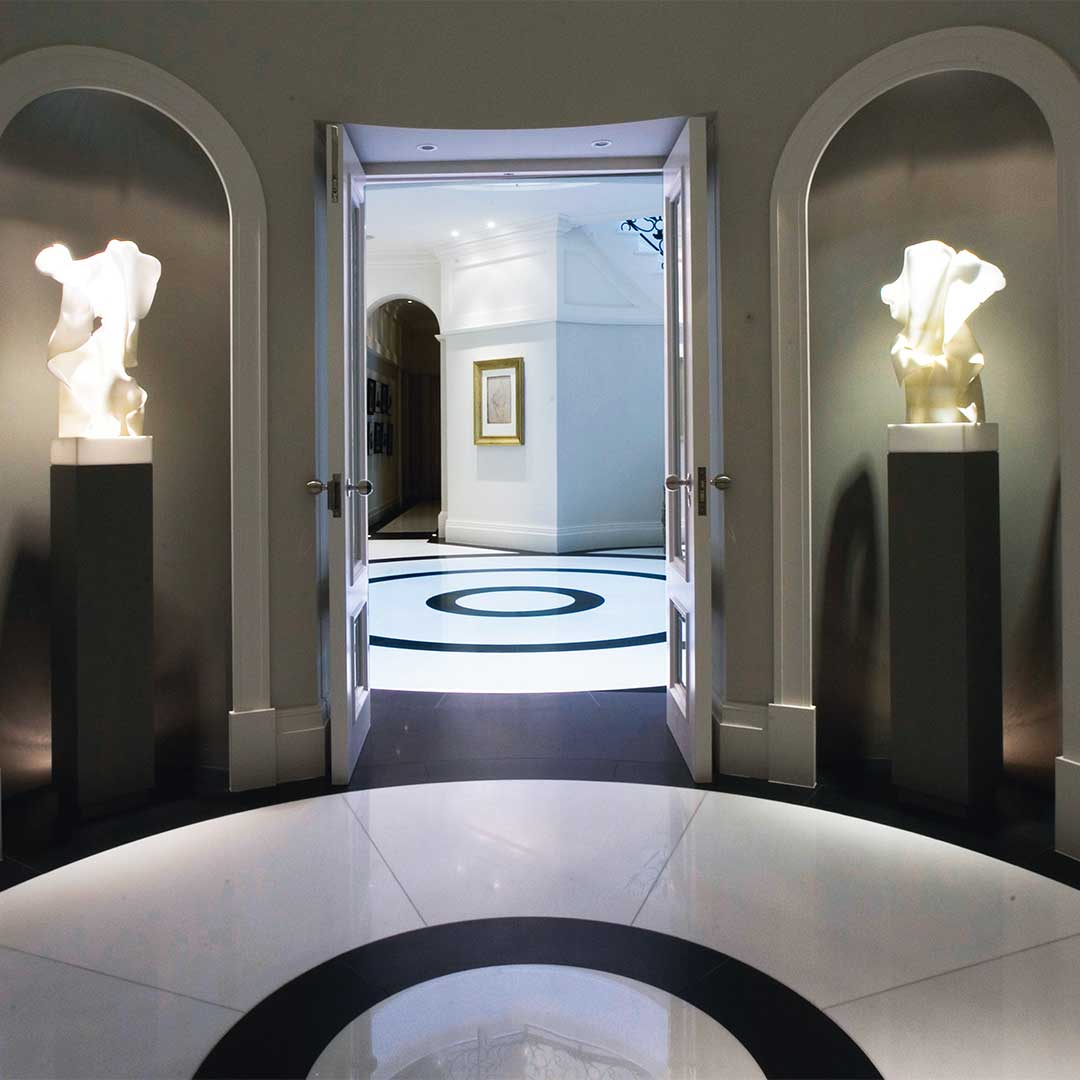

If you explore Britain’s greatest country houses, it becomes obvious their beauty doesn’t solely rely on architecture, but also on the treasures that fill them. An integral part of the houses’ magic, art has also served a variety of functions over the centuries, from demonstrating family ties to plotting the path of foreign travel — particularly in the 18th century, when paintings and classical sculpture transformed houses into monuments to their owners’ Grand Tour.
Today, the best collections are similarly eclectic, reflecting the breadth of an individual’s tastes and interests. In this respect, collecting art can offer an opportunity for people to express their personalities, as well as creating spaces that are both distinctive and individual. For the interior designer, incorporating a collection into a house is both an exciting opportunity and a challenge. Although art adds soul to a space, it needs a setting that is both sympathetic and pleasant to live in.
A designer with long experience in juggling these different elements is Janine Stone, whose practice is responsible for the design of some of the world’s most luxurious homes, both new and old. Her work not only demonstrates the magic that art adds to a room, but also how it can be seamlessly integrated with the best of 21st-century living. Here, she examines the transformative possibilities of combining great art and design.
What advice do you have for anyone keen to start a collection?
The more you look at beautiful works of art, the sooner you’ll discover the styles, subjects and art forms to which you are instinctively drawn. The longer you look, the deeper your interest and passion are likely to be. Public and commercial galleries, both actual and virtual, offer a rich seam of inspiration wherever you happen to be in the world.
What’s the best way for collectors to display paintings?
So much is dictated by style and size. Displaying paintings in isolation will put more emphasis on each one than hanging a number in close proximity. However, grouping artworks with a similar theme or subject matter can create the layered, eclectic feel of an art gallery.
It’s also vital to consider the sight lines from the positions at which an artwork is most likely to be viewed and how these interact with both furniture and architecture.
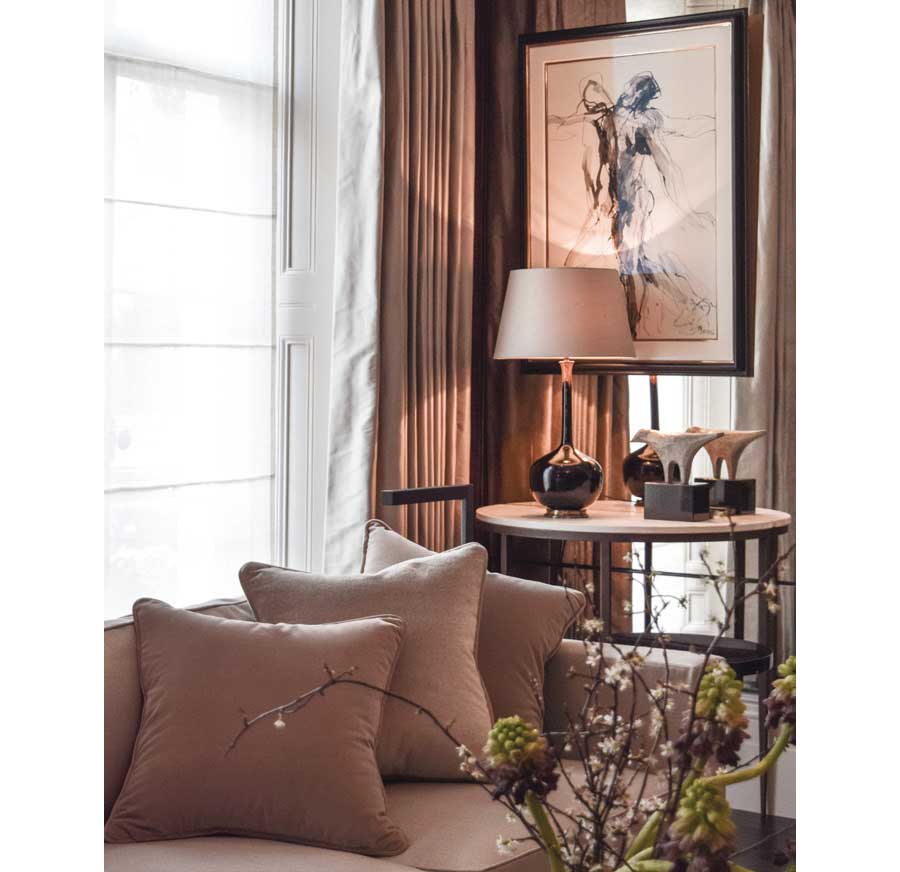
What role does lighting play in displaying artwork?
In spaces that are softly lit — or have little light at all — it is important that works of art are bathed in a sympathetic light that makes them more visible. However, lighting should not be so strong that it distorts the appearance of an object — and the source of light should always be as discreet as possible.
Is it best to integrate collections or to create a dedicated space?
Much depends on the depth and breadth of your art collection. Ceramics and glass lend themselves to being displayed in illuminated, wall-mounted cabinets and they can look striking in a space that has been designed for the purpose. A large, airy, well-lit space is also the ideal setting for sculpture. Both can be easily be accommodated in entrance halls and other internal circulation areas.
How is it possible to ensure that a piece sits happily within an interior?
The rules are the same as those for incorporating any other element in a space; there needs to be a harmonious balance between scale, proportion, colour and texture. It’s not about an item or artwork matching its setting — sometimes, a dramatic contrast can work brilliantly. Instead, there needs to be a mix.
An important and sometimes overlooked aspect of artwork is the frame: in a period setting, there’s no doubt that an ornate frame can complement both a painting and the room where it is displayed. However, in a more pared back space, artworks with simple frames — or without one — can often sit more happily.
What about other collections?
A gallery-style space is not only the perfect setting in which to store a vintage car, but also allows its owner to enjoy it in comfortable, well-lit surroundings. Beautifully lit vintage wines also create a striking backdrop to tasting rooms.
Janine Stone & Co specialises in building and renovating residential projects, incorporating architecture, interior design and construction management, and has been providing Country Life with professional insights and expertise through this ‘Masterclass’ series for the past few months — down below you can see links to more of Janine's masterclasses.
To speak with Janine Stone & Co about your project, please telephone 020–7349 8888 or visit www.janinestone.com

Credit: Janine Stone
Janine Stone: 'We create houses not only for clients, but for future generations'
In the third of our series of masterclasses, interior designer Janine Stone answers questions from Giles Kime about how to
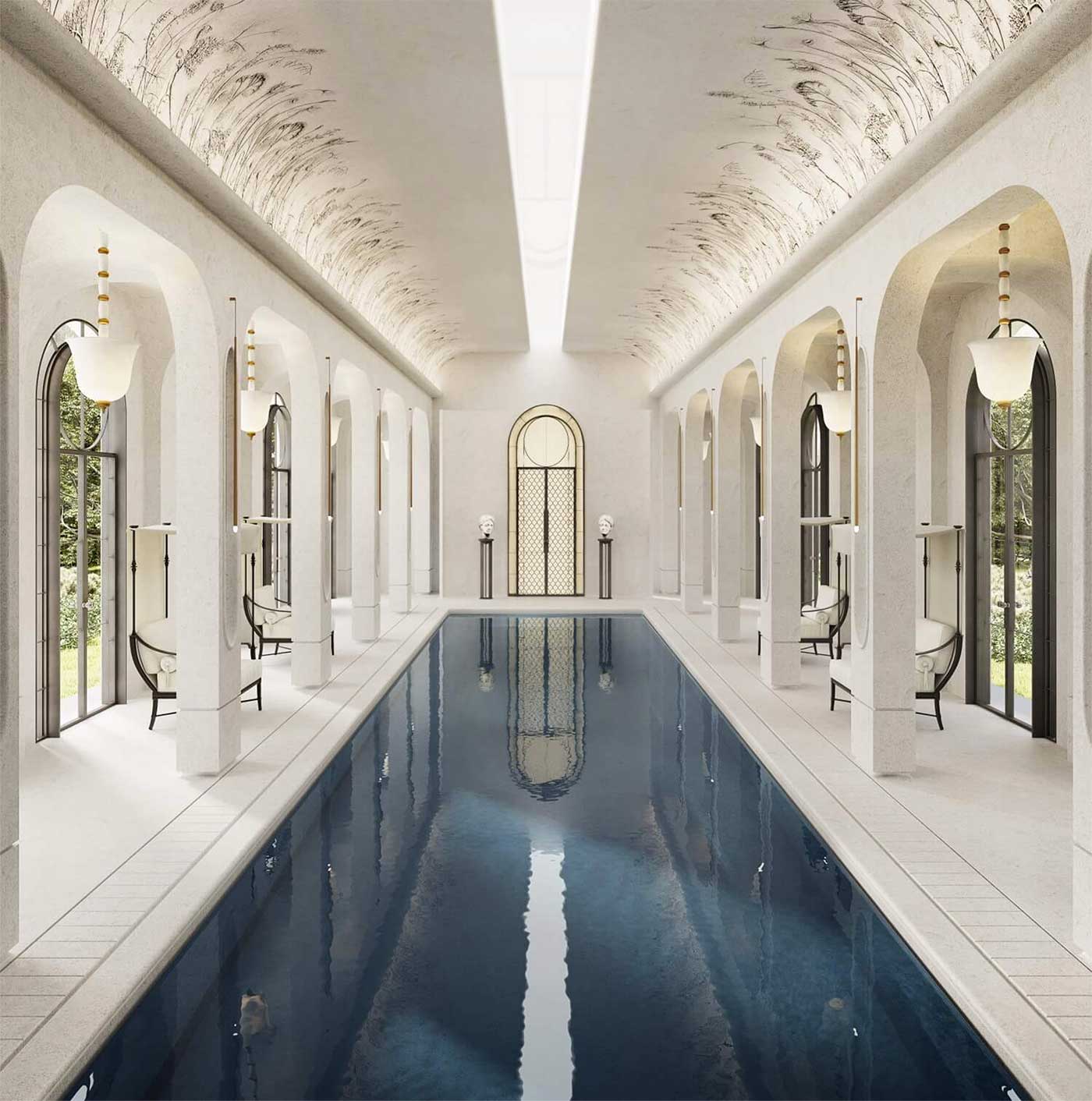
Janine Stone: How to fit a home gym, pool or yoga studio seamlessly into your house
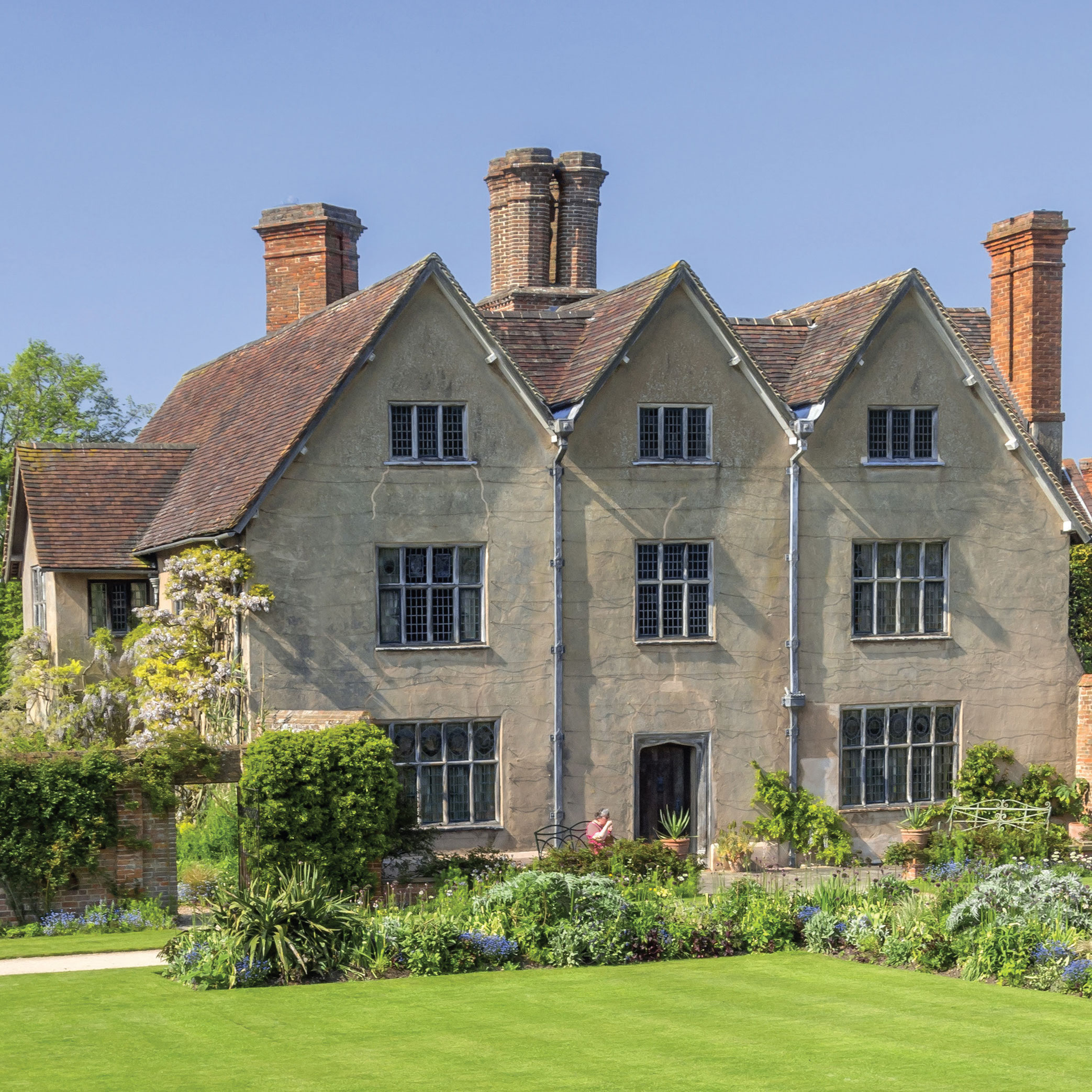
Credit: Janine Stone
Janine Stone: 'There’s an assumption that living in a period property involves a compromise in terms of layout and comfort. We don’t agree'
Sign up for the Country Life Newsletter
Exquisite houses, the beauty of Nature, and how to get the most from your life, straight to your inbox.
-
 How many bees, Channel 4 and a Catch 22: Country Life Quiz of the Day, May 6, 2025
How many bees, Channel 4 and a Catch 22: Country Life Quiz of the Day, May 6, 2025Tuesday's Quiz of the Day features a famous road, nature and science.
-
 Tasburgh Hall: From a Buddhist centre to a seven-bedroom family home in 23 acres
Tasburgh Hall: From a Buddhist centre to a seven-bedroom family home in 23 acresThe property, in Norfolk, was once four separate apartments, but has been lovingly re-stitched back together.
-
 Jewels of the Mediterranean: Luxury multi-generational villa holidays
Jewels of the Mediterranean: Luxury multi-generational villa holidaysThe Thinking Traveller have some of the finest villas in the Mediterranean on their books for multi-generational holidays. Here are just a few of the highlights.
-
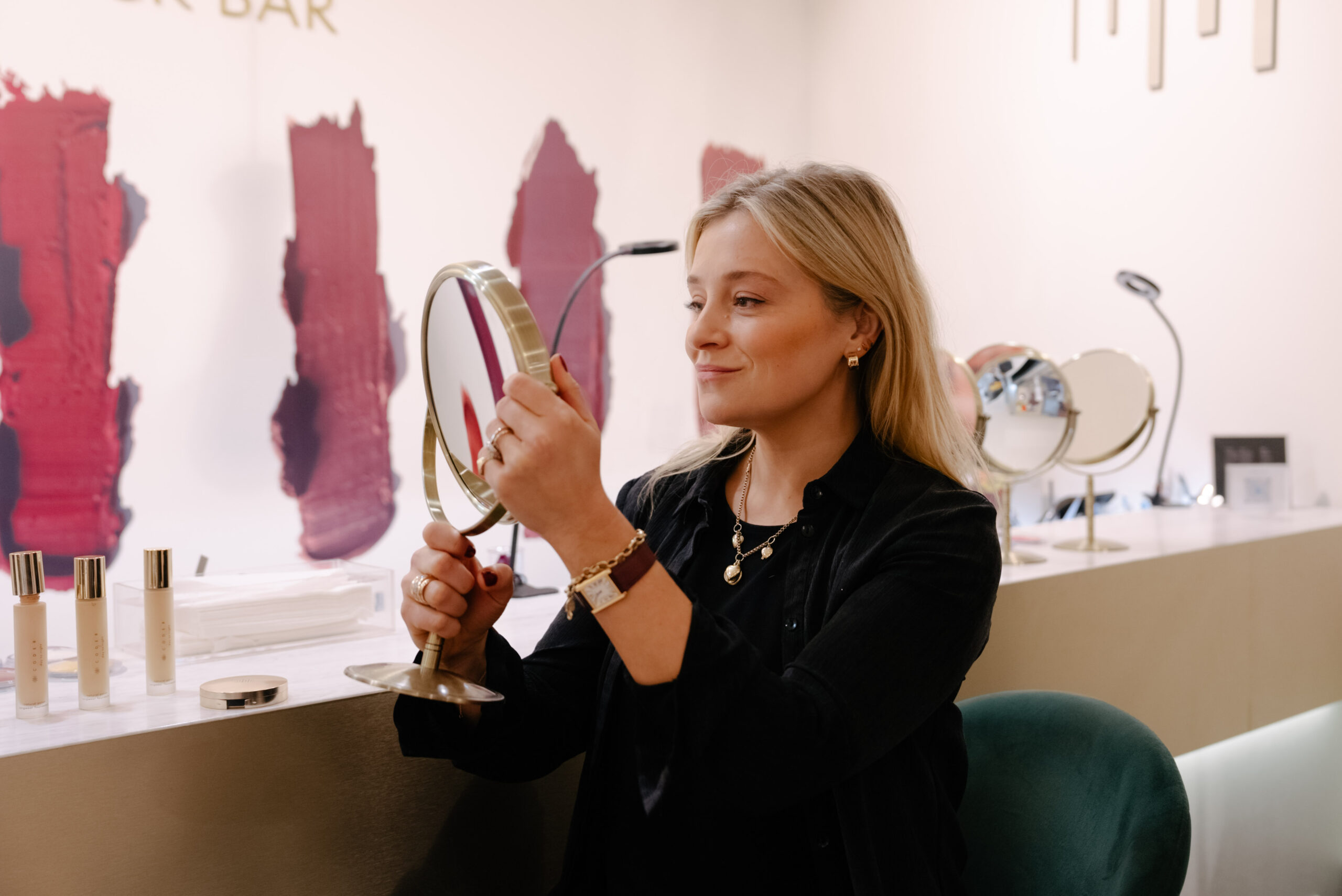 Code8: Beauty on Burlington Arcade
Code8: Beauty on Burlington ArcadeCome along Burlington Arcade with Hetty Lintell to visit beauty gurus Code8, and try their new Day To Night Foundation.
-
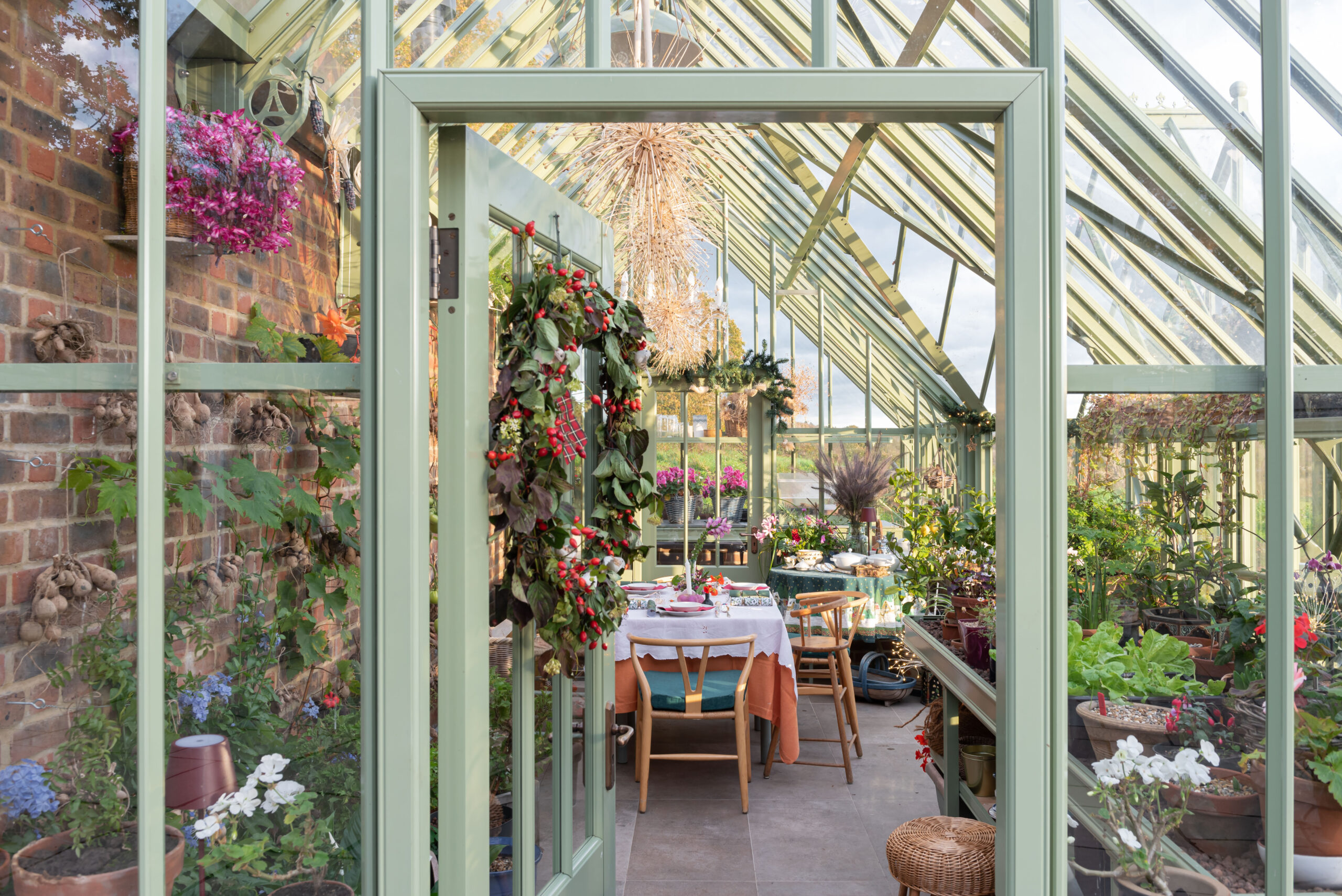 The gift of growing
The gift of growingEntirely built to suit your needs, a bespoke Alitex greenhouse not only helps you nurture flowers and vegetables, but also offers a tranquil retreat from the pressures of daily life.
-
 The ultimate Canadian train journey
The ultimate Canadian train journeyExperience the spectacular scenery of the Canadian Rockies onboard the luxury and top-tier service of Rocky Mountaineer.
-
 Diamonds are a man’s best friend
Diamonds are a man’s best friendMale interest in jewellery is on the rise, with gypsy and signet rings proving especially popular, according to renowned jeweller Hancocks.
-
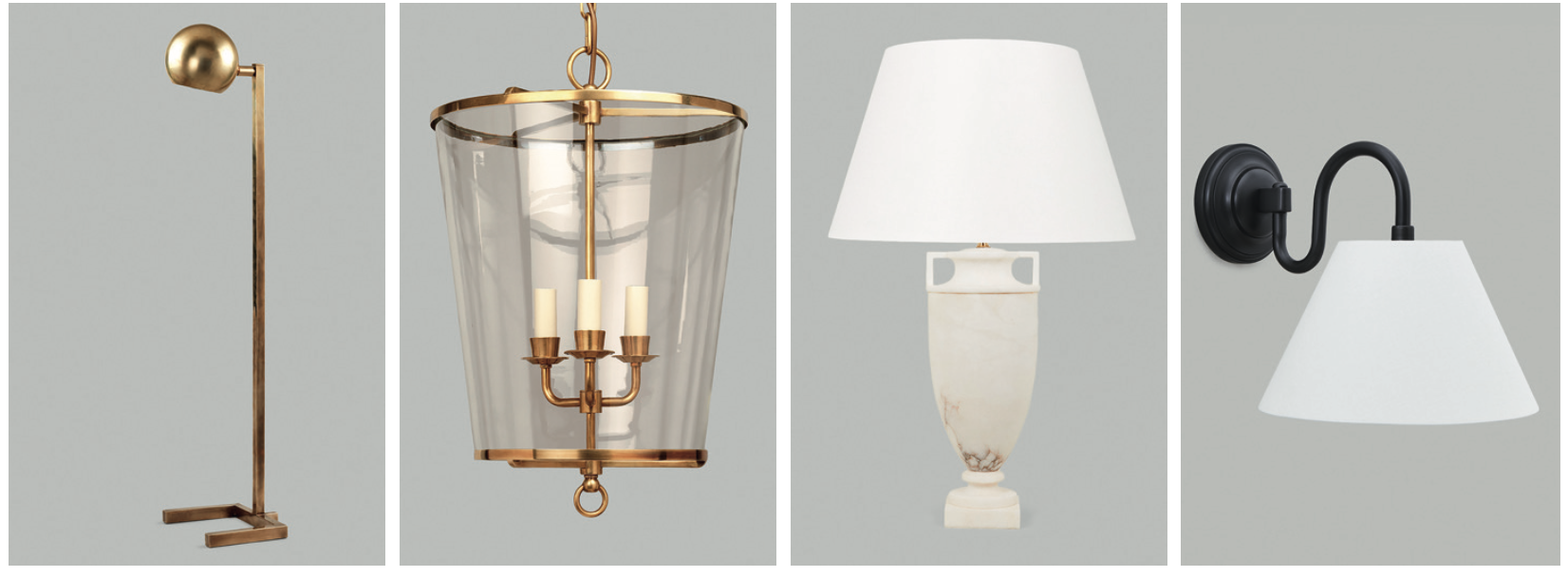 The Art of Lighting: Four of Britain's top designers share their best tips for choosing lighting
The Art of Lighting: Four of Britain's top designers share their best tips for choosing lightingAt a recent panel discussion hosted at Vaughan’s London showroom during Focus/24, interior designers Emma Pocock and Sarah Peake, lighting designer Jo Mann of Lighthouse Designs and Richard Smith of Vaughan shared their top 10 tips on choosing lighting.
-
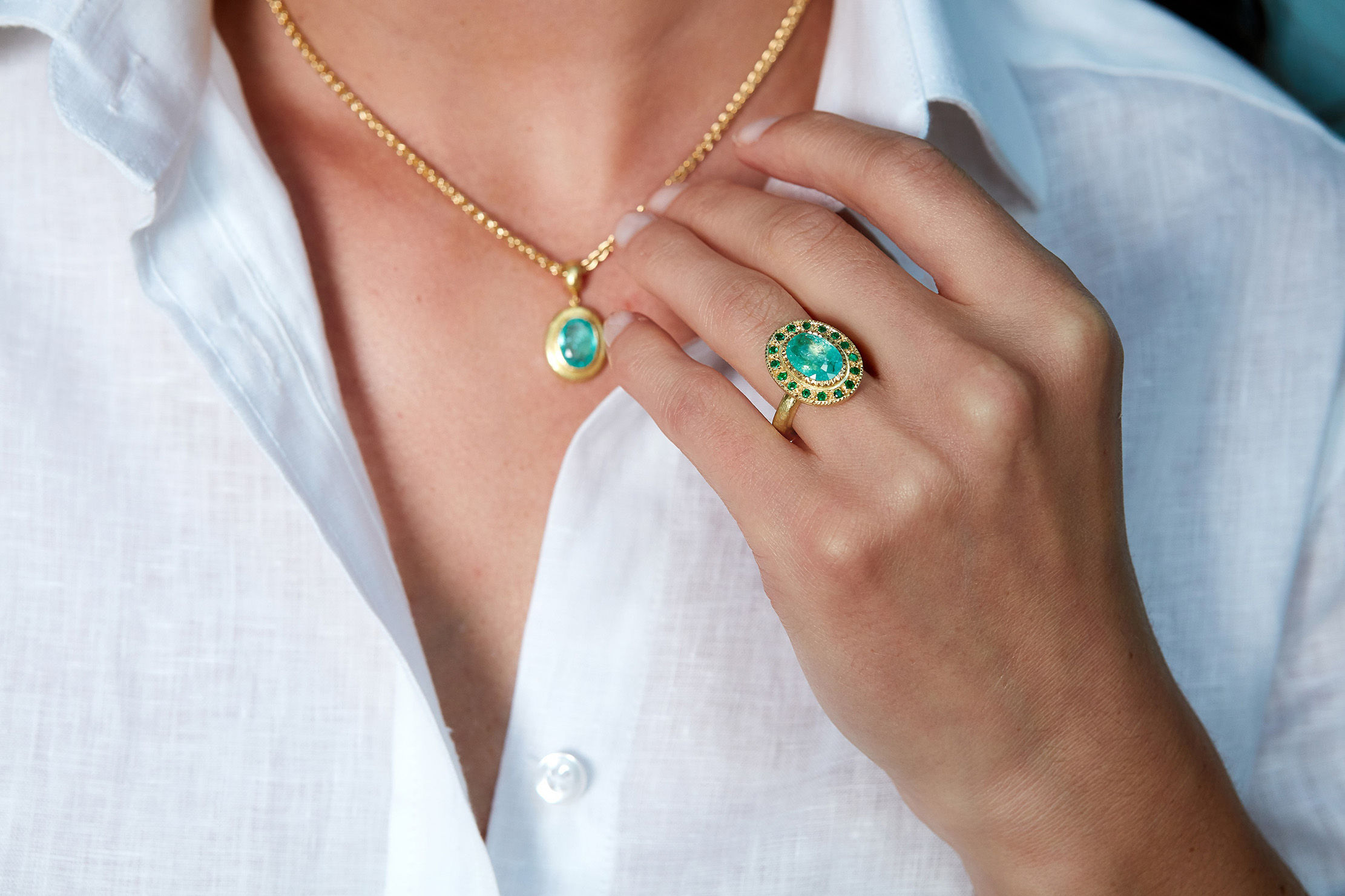 The beauty of bespoke: A journey with Julia Lloyd George
The beauty of bespoke: A journey with Julia Lloyd GeorgeGoing bespoke with Julia Lloyd George means getting not just a piece of jewellery, but a lifelong treasure.
-
 Hancocks: Sparkle of genius
Hancocks: Sparkle of geniusHistoric jewellery firm Hancocks, now in its new St James’s home, specialises in old-cut diamonds pieces that gleam and turn heads even in low light.